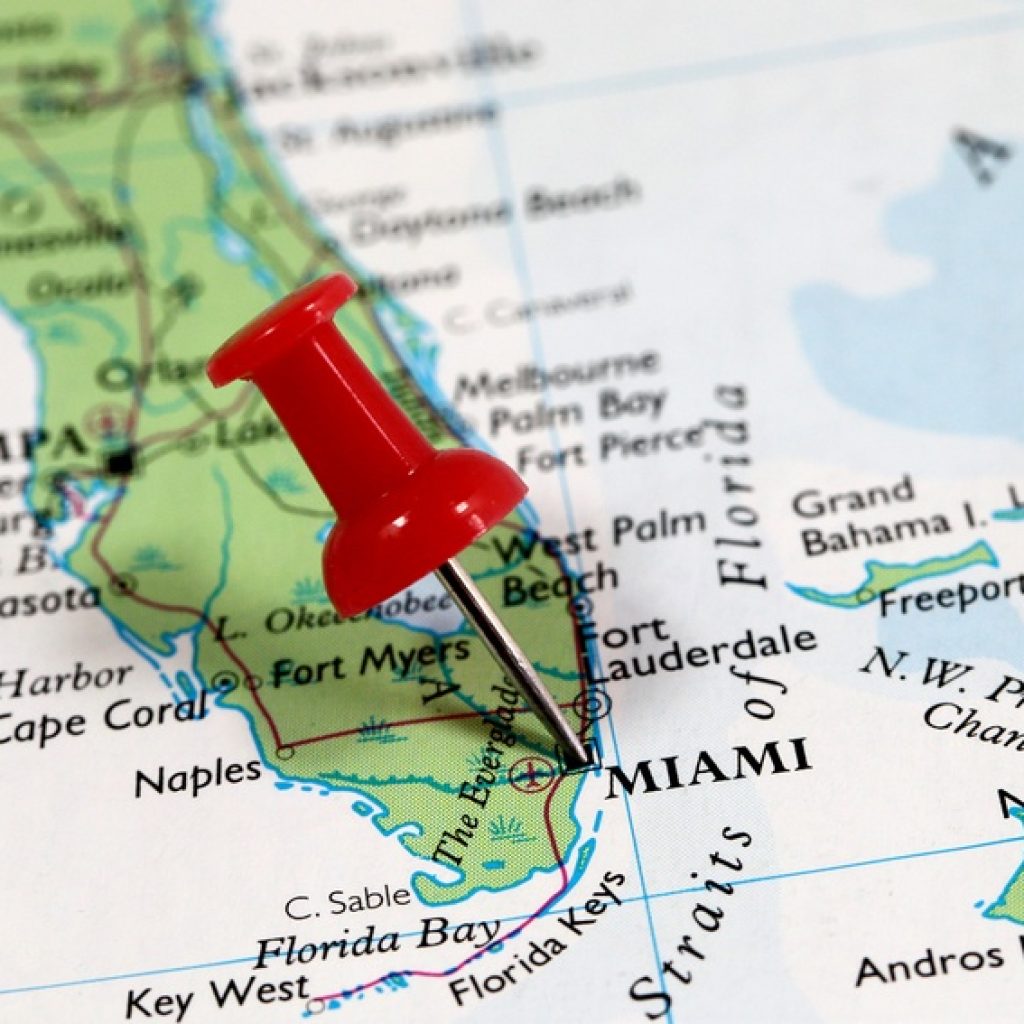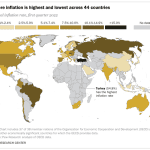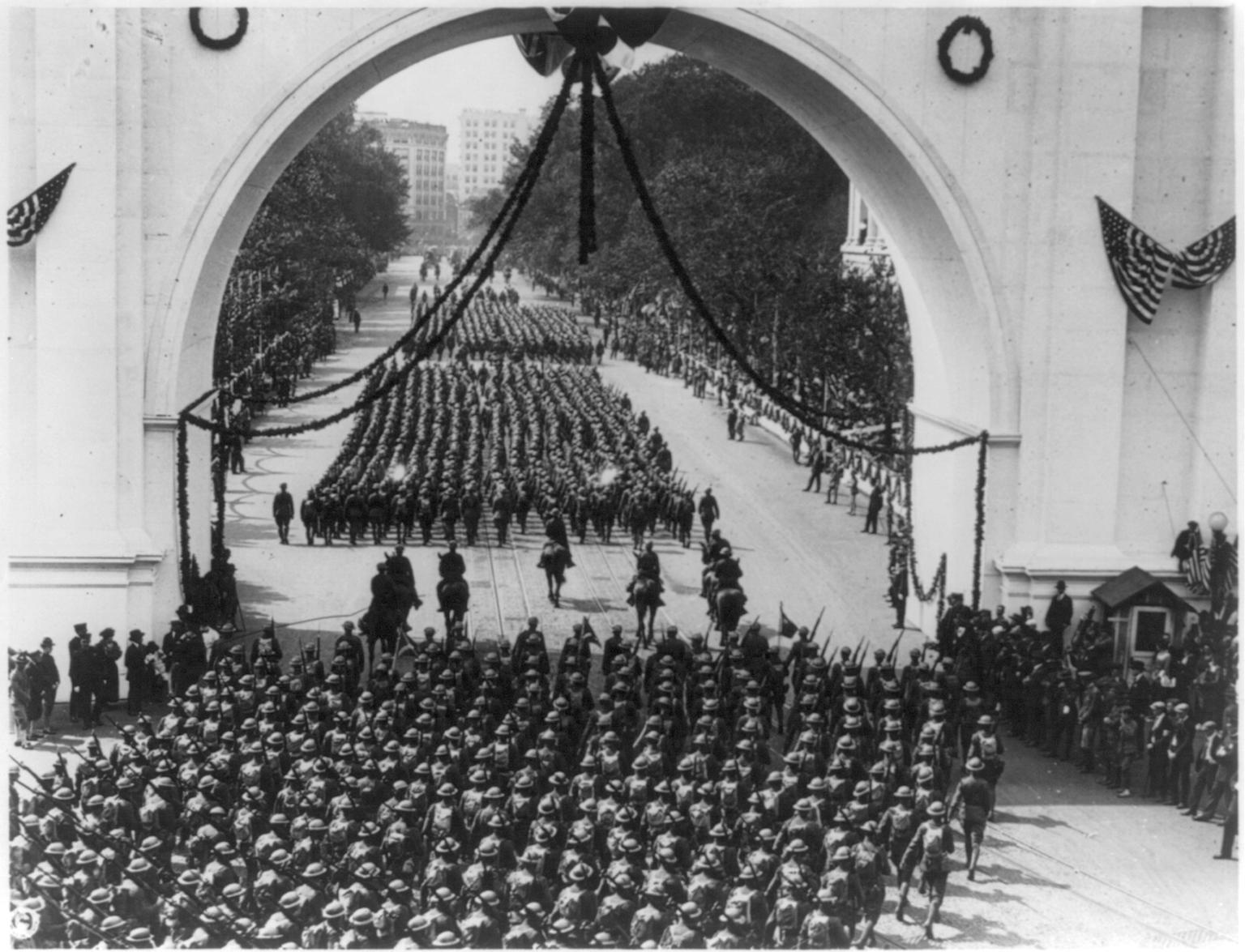Capital Flight and the Safe Haven of South Florida
Capital Flight and the Safe Haven of South Florida
Once a sunny place for shady people, South Florida has become a symbol of hope for eyes all across the globe intent on making their mark.
A Florida Once known
South Florida exists as a place for those brave enough to dare shape it. A place once known only as an inhospitable strip of land just far enough from the Everglades to build on. With the help of an invention called Air Conditioning in the early 1900s, the titans of industry passed turned dreams into reality. Although those days are long gone now, South Florida found itself undergoing another renaissance period with the influx of a new breed of dreamers intent on shaping this once-inhospitable spit of land.
After the Florida East Coast Railway left its indelible mark at the hands of Henry Flagler, South Florida was transformed into a frontier of resorts and casinos, with a climate welcoming to those tired of dreary winters. Barely twenty years had passed before a new titan of industry had taken up residence in Miami Beach, albeit one of the less scrupulous variety. Al Capone’s interests in Miami stretched from bootlegging to nightclubs and into the horse racing world. One infamous encounter was reported by Time Magazine:
State’s Attorney N. Vernon Hawthorne in Circuit Court sought an order to padlock the Capone estate on the ground that the place was “a public nuisance and a source of annoyance to the community as a harbor for all classes of criminals and desperate characters.”
Capone’s final years were spent on his Palm Island at the mercy of late-stage Syphilis ending in 1947. A sunset moment was spent watching over a long-gone empire on the sand.
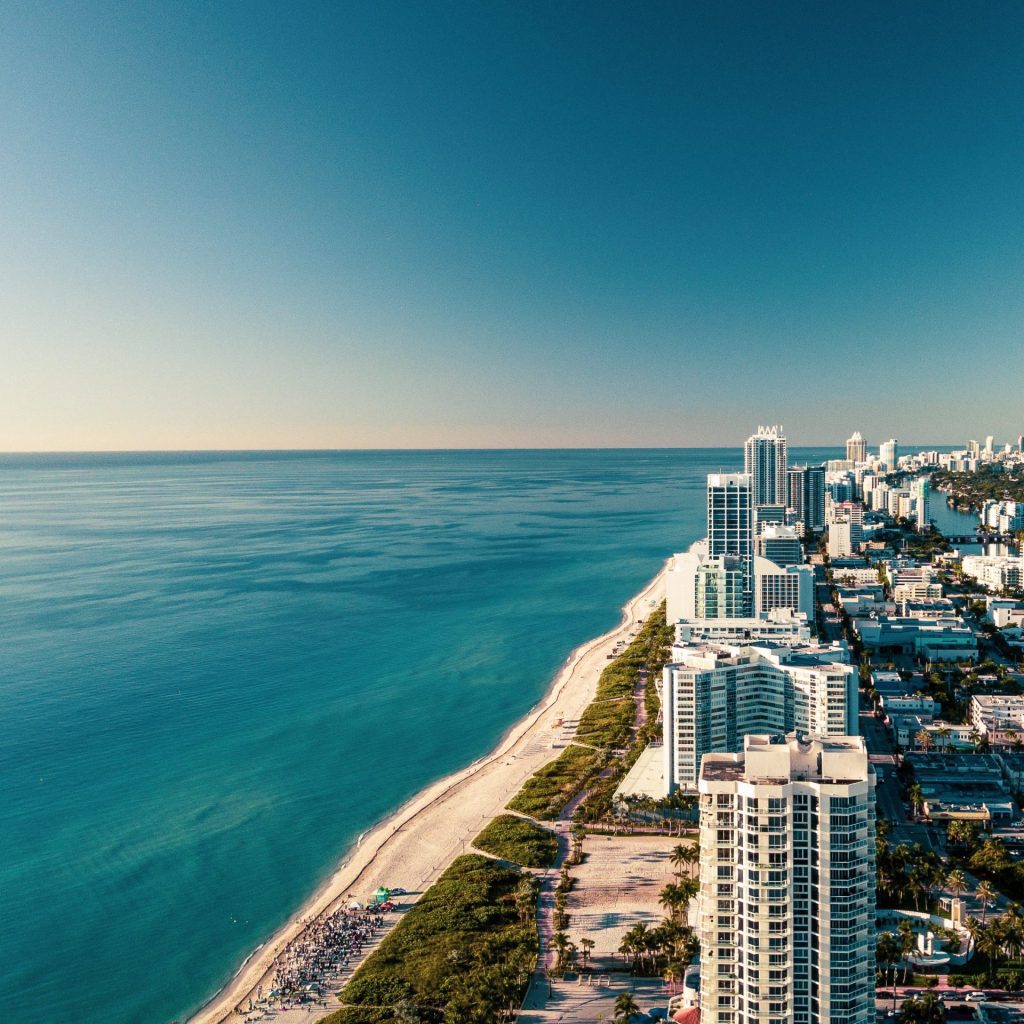
The 1980s
Looking further east and south, this is a story stretching back into the late 1930s. Rumblings of war began to precipitate across the European continent as the German national socialist party’s massive war machine came to life. Waves of immigrants made their way off the continent in search of safety, many finding themselves in South Florida. My very own great-grandmother, Lucia Leoni, was told the “streets were paved in gold” in Miami Beach, and so my family found themselves here in 1940. This is the story of so many refugees of the time seeking safety for their families in a time of great upheaval.
A similar story unfolded in the 1980s Mariel Boatlift saw as many as 125,000 Cuban migrants land on the shores of South Florida escaping the oppressive Castro regime. The Marielitos marked an important moment in the history of the area not so different from historic trends, we cemented our history as a home to migrants and misfits under the sun.
In the 1980s, as Reagan’s War on Drugs raged, a new breed of businessmen found solace in the sunny shores of South Florida as an import and distribution hub for the budding Colombian cocaine trade. Known as the Cocaine Cowboys, the local partners to Pablo Escobar used Miami as a seat to its’ empire of cocaine distribution.
This once swamp-ridden strip of Florida is a result of daring titans carving out a new world for themselves against all odds. South Florida exists as a place to hide from the brutal realities of this world for some, and a land of opportunity for everyone else.

South Florida in flux
By 1980, the Federal Reserve and US Treasury were aware of billions in excess liquidity circulating under the Atlanta Federal Reserve Branch’s territory. The Washington Post reported in 1980 that over $100 million was identified as belonging to suspected Colombian associates of the drug trade. The biggest portion of the money – $95 million – was deposited in the Continental National Bank of Miami. It was later proven that these funds were being laundered to purchase US assets including large amounts of real estate as a safe haven for their money. The government only identified a small fraction of the money circulating through Miami at that time.
Ironically, the hubris of the booms during the 20th century wasn’t much different from the period between 2001 and 2009 leading to the Great Recession. The commonality of the stories so far is beautiful in its simplicity: South Florida attracts the joy of rising tides and absorbs the power as it recedes just the same.
Fast-forward to the twenty-first century, we find ourselves in the midst of a repetition of the twisted dreams of decades past. A new wave of dreamers found themselves in a mad grab for the remaining pockets of South Florida. Developers, entrepreneurs, and immigrants have all found themselves looking for a place to call home in the midst of the current COVID boom. An old-school reputation of being the South’s Wild West is making way for sprawling corporate headquarters and glittering housing developments.
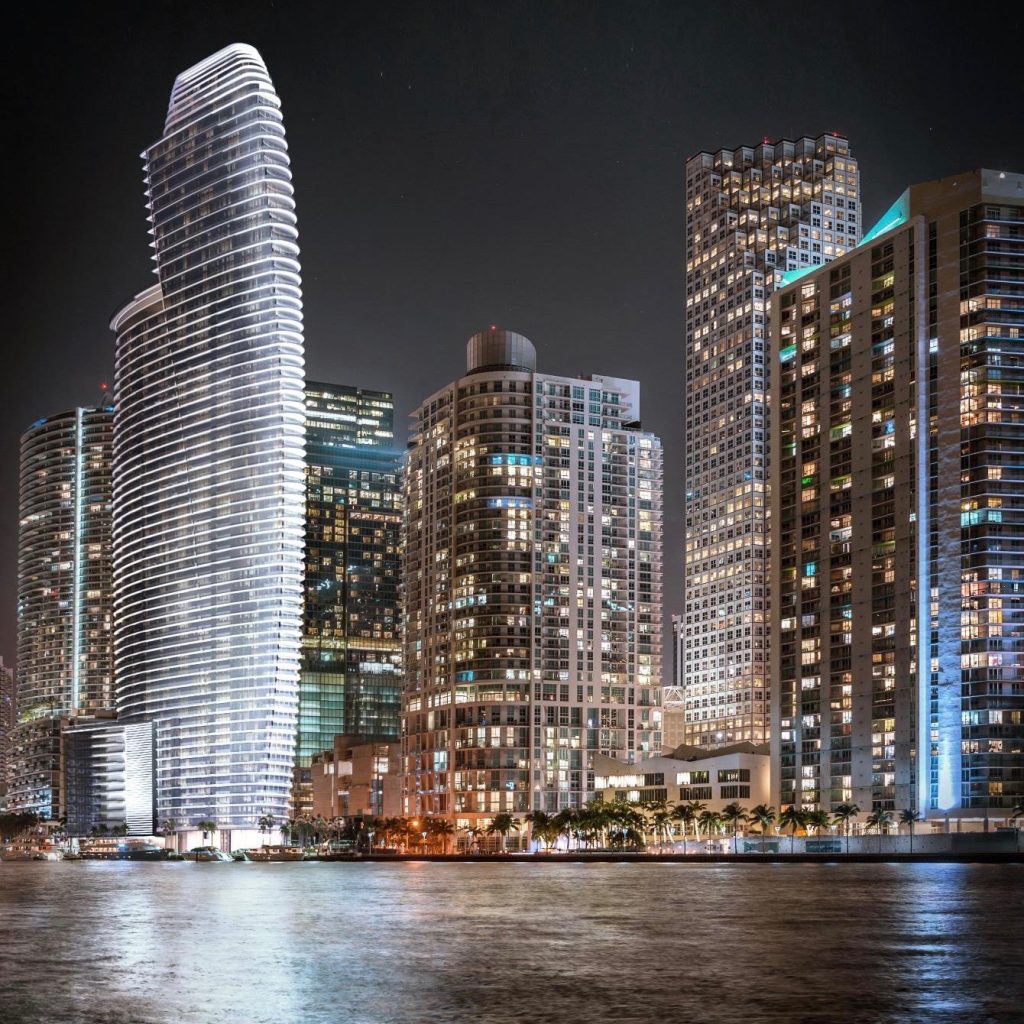
Capital Flight and the safe haven of south florida
Capital Flight and the Safe Haven of South Florida is the idea that this is no longer a sunny place for shady people. COVID-19 kicked off a transformative period in the makeup of the entire state centered on the bright lights and beaches. Wary lockdown refugees began emigrating to Florida during the pandemic era. Statewide, Florida’s population increased by 211,000 between July 2020 and July 2021, according to the census report — second only to Texas. That trend looks likely to continue into the future, further cementing our place among the great cities of the world.
As of Q2 2022, Colliers reports that Miami-Dade alone has 3.2M SQFT of new office space under construction. Brickell, Wynwood, downtown Ft. Lauderdale, and West Palm Beach are at the epicenter of demand in the office trend. Newly constructed office space is a promising sign as law firms, financial firms, and corporations globally continue to migrate here. This is sure to amplify the magnitude of migration that has begun in recent years.
As of Q2 2022, Colliers reports that Miami-Dade alone has 3.2M SQFT of new office space under construction.
Recent political and economic instability in South and Central America has only added to the recent trend of migration into the area. Brasilian, Ecuadorian, Peruvian, Colombian, Mexican, Argentinan, Chilean, and Venezuelan residents seeking stability both personally and economically make up the largest statistical portion of South Florida residents. Fear of economic chaos and significant inflationary pressure has pushed foreign capital into local markets in the form of real estate investment for those seeking to safeguard their investments.
While recent market trends are likely part of an asset bubble caused by COVID-19, it’s very likely that the trend set in motion will continue through the foreseeable future. South Florida has reinvented itself as a banking, tech, and financial services hub for the entire world. Evidenced by Citadel’s record-shattering acquisition of 1201 Brickell Bay Drive or AerCap’s recent office lease for a North American headquarters at the glitzy 830 Brickell office tower, corporation migration will lead to residential growth in time.
